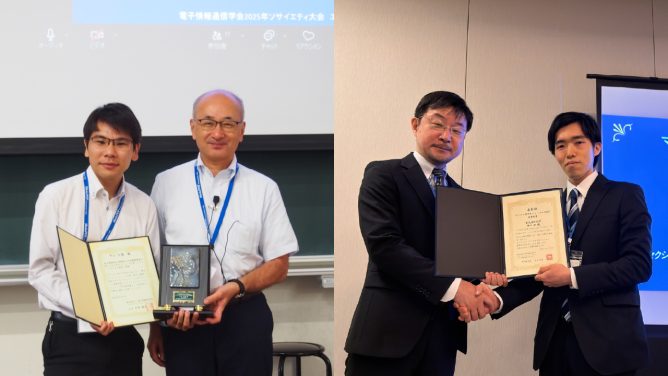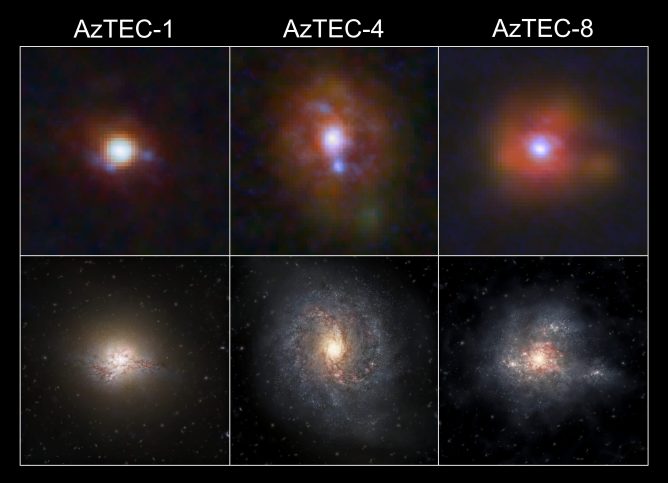2021.11.10
Virtual Mitaka Open House Day 2021
In the main lecture, Norikazu Mizuno, a professor at the NAOJ, gave a lecture titled “10 Years of Trajectory of the ALMA Site”. It was a remote lecture from the ALMA Operations Support Facility (OSF) at an altitude of 2900 m. Professor Mizuno introduced his experience of being engaged in the construction and operations of telescopes in Chile, from the NANTEN Telescope of Nagoya University to ALMA. In addition to the presentation of the overview and scientific results of ALMA, he talked about the onsite operations from the standpoint of the head of the ALMA Department of Engineering who leads many staff members.
Next, Kotaro Kohno, a professor at the University of Tokyo, gave a lecture titled “Galaxies Explored by ALMA: Mysteries Unveiled and New Emerging Mysteries.” Professor Kohno introduced in a ranking format the mysteries about galaxies that ALMA has unraveled over the past 10 years. In addition, he explained that each mystery is accompanied by new mysteries that have been emerging in the ALMA observations. Expectations for future research using ALMA and other telescopes were shared.
Alvaro Gonzalez, an associate professor at NAOJ, gave a lecture titled “The First 10 Years of ALMA: From Technical Work to Management.” Associate Professor Gonzalez, East Asia ALMA Project Manager, introduced the principles of the radio interferometer, the progress of the ALMA project, and technical highlights. The speaker is from Spain, but he gave a lecture in Japanese and answered questions asked through YouTube chat in Japanese.
In the ALMA mini-lecture, we introduced the star formation, planetary formation, distant galaxies and black holes, as well as the information technology that supports the operation of ALMA, and future development plans. Many questions were asked through YouTube chat during each lecture, and researchers and engineers answered the questions. In addition, we received about 30 questions for the ALMA Q&A session, and researchers answered several of them, including: how often maintenance work is conducted for ALMA; what the differences are between the 7-m and 12-m antennas; what the speaker’s favorite menu was at the observatory’s cafeteria; etc.










